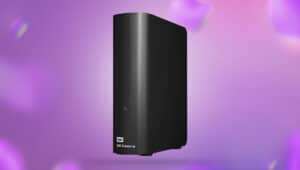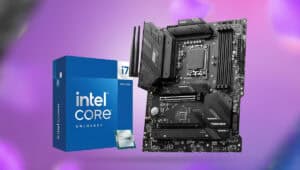Nvidia’s DLSS 3.5 Release Date Confirmed – Now Live with Cyberpunk 2.0 Patch
Nvidia finally reveals when the new AI frame generation tech will be available to the public.
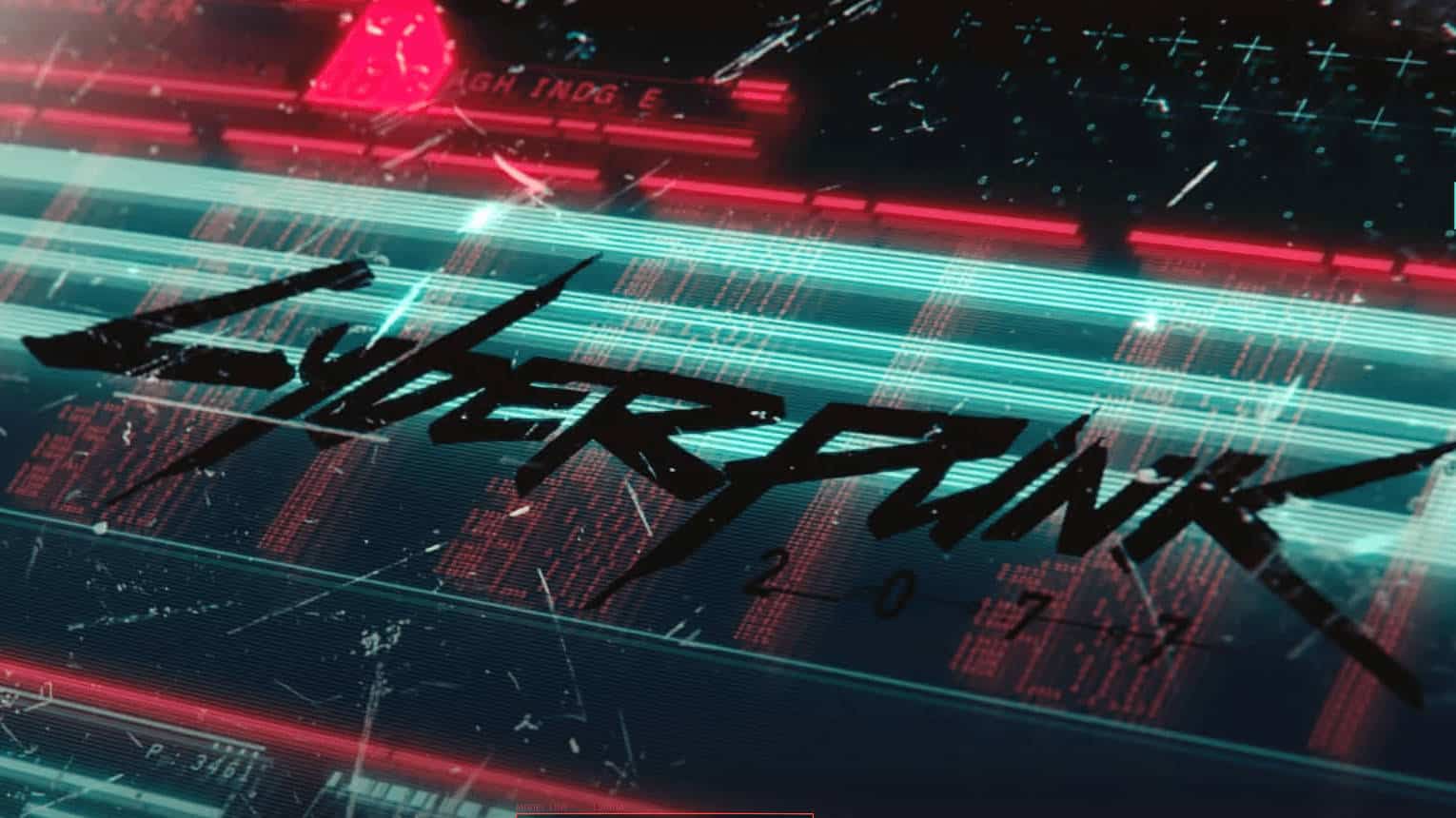
WePC is reader-supported. When you buy through links on our site, we may earn an affiliate commission. Prices subject to change. Learn more
UPDATE: Nvidia’s DLSS 3.5 has now officially launched as of the 21st of September, to coincide with the Cyberpunk 2.0 patch launch. Read on below to find out how this revolutionary new tech, will change the game. Don’t know how to update your drivers? We’ve got you covered.
Nvidia has finally announced the release date for its DLSS 3.5 AI frame generation upscaling software, and it’s just in time for the Cyberpunk 2.0 patch launching later this week. Yep it’s true, right on schedule for the Phantom Liberty DLC release, DLSS 3.5 will be going live on the 21st of September.
Nvidia first announced DLSS 3.5 at Gamescom 2023 (in fact DLSS 3.5 and Alan Wake was one of our top picks this year), showcasing it absolutely boosting not only the quantity but also the quality of frames in a Cyberpunk demo running on the Ultra preset.
Nvidia has also confirmed DLSS 3.5 CyberPunk 2077 will be available on GeForce NOW, on the day as well, and for those eager to get that juicy DLSS 3.5 goodness locally, all you’ll need to do is update your drivers on the day.
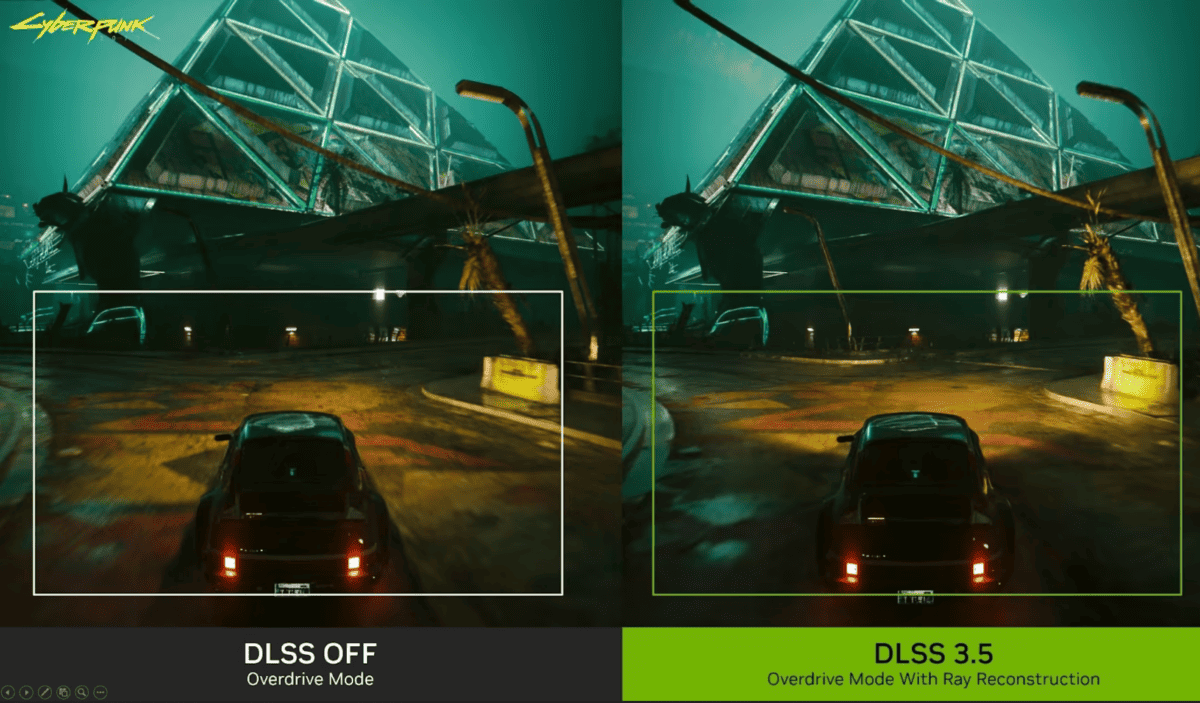
Regular DLSS Explained
DLSS 2.0 effectively utilized the AI tensor cores found in all of Nvidia’s RTX GPUs to provide better denoising after real time ray-tracing had occurred (you can read more about ray tracing here). It effectively introduced AI generated antialiasing for the missing rays and holes within the geometry that the rays couldn’t hit or missed. Remember, rays are in essence, trying to mimic light and how it interacts with materials, and despite our best efforts we’ll likely never reach a point where we can have the same number of rays produced from a GPU as you would expect photons in real life. Dirty estimates online put the maximum number of photons in a cubic meter at about 10 trillion per second or thereabouts, whereas the first gen RTX 2080 Ti could only manage 10,000 rays per second. Now admittedly, rays and photos do act differently, (is it a wave? Is it a particle? I don’t know, ask Schrödinger), however regardless, to smooth out the image, you need some form of antialiasing to compensate to improve overall performance.
That’s where DLSS 2.0 comes into play. Utilizing AI trained models, Nvidia identified patterns within deep-learning graphical models, then utilized those same patterns and models on the consumer PC side, to enable that smoother ray traced frame rates. Significantly boosting frame rates as it did so.
Nvidia’s DLSS 3.5 Tech
Nvidia’s DLSS 3.5 dramatically changes how this process works by introducing something called Ray Reconstruction. Although the details are hazy at the moment, the general gist is that it’s a smarter model, trained on five times more data than that of DLSS 3.0 which works slightly differently. It’s been done so that it bypasses the limits of denoisers through identifying common patterns put forward by spatial and temporal data output by the game, and the Ray Reconstruction looks at data that both its own rays output, but also what the AI patterns suggest should be there based on that information we just mentioned, and the live information it has to hand.
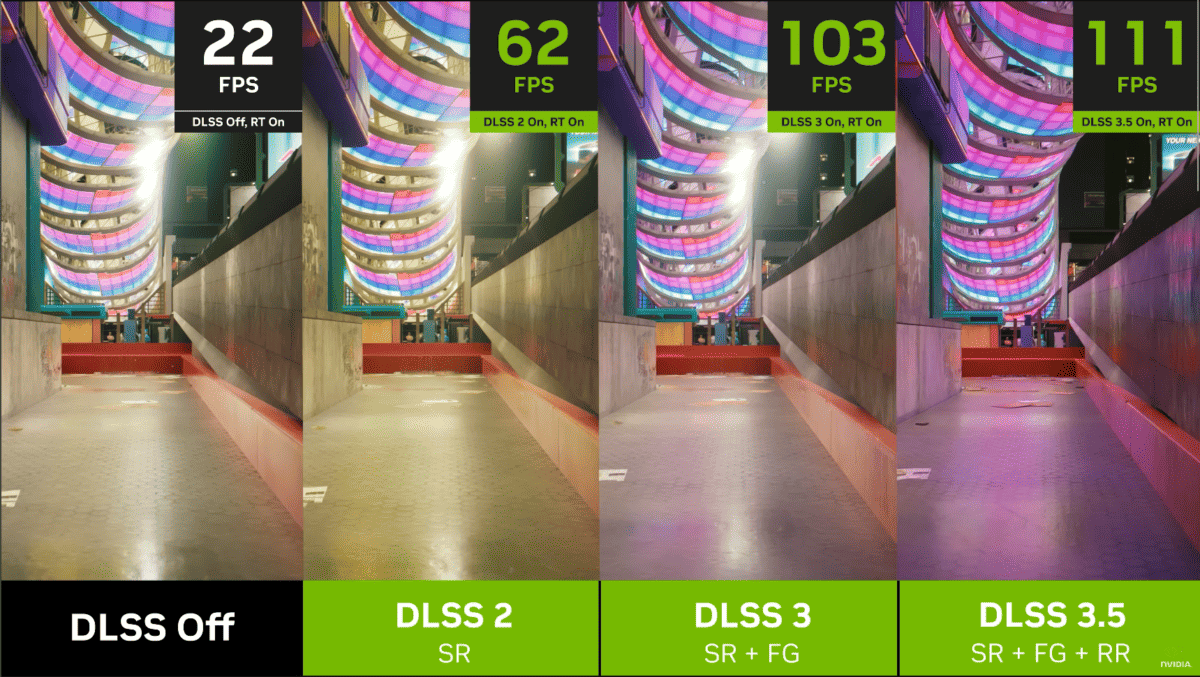
Ultimately, with Nvidia’s DLSS 3.5, you’ll end up with higher frame-rates, and cleaner ray-traced shadows and reflections, at a higher quality than what was previously possible with the likes of DLSS 3.0 and its prior generations. Given how taxing the likes of Cyberpunk’s system requirements are, specifically for Ray Tracing hardware, this should help reduce the performance hit, and mean you won’t necessarily need to tweak the graphics settings in Cyberpunk 2.0 too much.
Will DLSS 3.5 be available on all RTX cards?
At the moment that’s the big question. In Nvidia’s initial Gamescom announcement, its final slide suggested that Ray Reconstruction (the big DLSS 3.5 feature) will be available on all of its RTX GPUs. However, Frame Generation, an integral part of that process, and a key part of DLSS 3.0, is limited to its RTX 40 series cards only. We’re reaching out for comment, and should have an answer shortly. Once we do, we’ll update here for sure
Hopefully it won’t just be limited to Nvidia’s 40 series, however if you do want to get the best out of Cyberpunk 2.0 we’ve collated a list of the top GPUs for it.
Will DLSS 3.5 be available on AMD or Intel GPUs?
Sadly not at this time, Nvidia hasn’t confirmed this at this time. AMD does have its own FSR 3.0 tech, that is available cross-platform for both the very best AMD cards and Intel GPUs as well, but that acts more as an upscaler rather than a true Ray Reconstruction technique like we have here. Although it is still based on similar AI generation techniques.
None the less, with the launch of DLSS 3.5 riding alongside Cyberpunk’s 2077’s grand re-opening, it might finally have made our Ray Tracing dreams come true.



